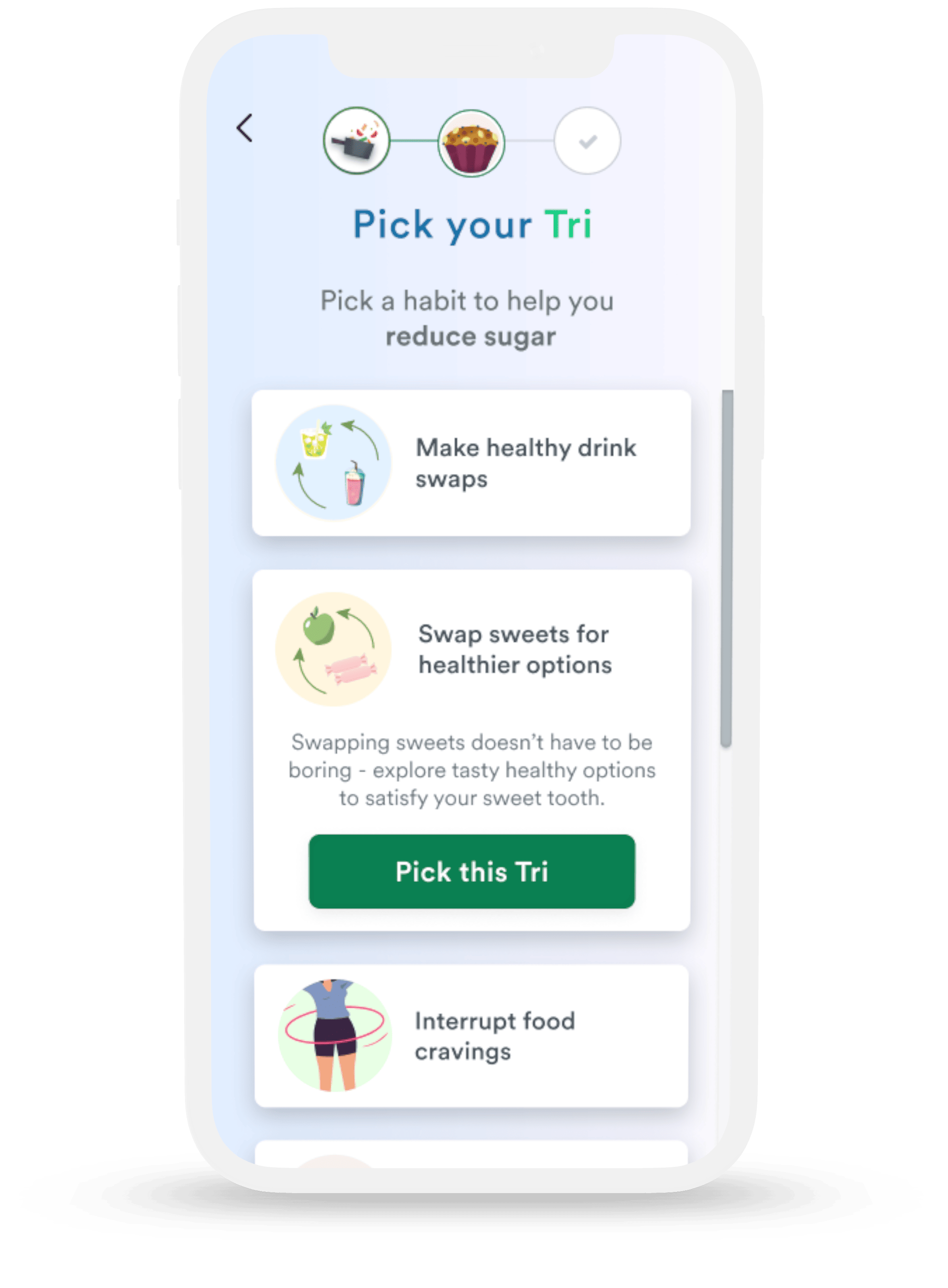Our smartphones have become an extension of ourselves. But what happens when this constant connection turns into an addiction? Phone addiction, often manifesting as excessive scrolling or “doomscrolling,” can significantly impact our mental health and overall well-being.
Let’s explore how you can break free from this habit using the Iterative Mindset Method™.
Understanding Phone Addiction and Doomscrolling
Phone addiction isn’t just about spending too much time on your device. It’s often linked to a behavior known as doomscrolling or doomsurfing. This is the act of spending excessive time consuming large quantities of negative news or short-form videos on the internet and social media.
Doomscrolling became particularly prevalent during the COVID-19 pandemic, but it continues to affect many people, especially youth. Studies have shown that this behavior can lead to a decline in both mental and physical health.
Why Do We Doomscroll?
Several factors contribute to our tendency to doomscroll:
Negativity Bias
Our brains are wired to pay more attention to negative information as a survival mechanism.
Fear of Missing Out (FOMO)
We worry about missing crucial information, even if it’s negative.
Control Seeking
During uncertain times, we may feel that staying informed gives us a sense of control.
Brain Anatomy
Our inferior frontal gyrus (IFG) plays a role in how we process and integrate new information, especially negative news.
The “Infinite Scroll”
Many social media platforms use this design feature, which removes natural stopping points and encourages continuous scrolling.
The Habenula and Phone Addiction
Interestingly, our phone addiction and the act of doomscrolling might be influenced by a tiny part of our brain called the habenula. This almond-sized structure acts as our motivation kill-switch. When we encounter negative information during our scrolling sessions, the habenula might activate, leading to feelings of anxiety or depression. Yet, paradoxically, these negative feelings might drive us to scroll more, creating a vicious cycle.
Breaking Free with the Iterative Mindset Method™
At Fresh Tri, we believe in the power of the Iterative Mindset Method to create lasting change. This approach isn’t about setting strict rules or going “cold turkey” on your phone use. Instead, it’s about trying different strategies, seeing what works for you, and adjusting as needed.
Here’s how you can apply the Iterative Mindset Method to break your phone addiction:
1. Think it Through
Before you start trying new strategies, take a moment to assess your phone usage. When do you find yourself scrolling the most? What triggers your doomscrolling sessions? Understanding your current patterns can help you identify areas for improvement.
2. Pick an Iteration
Now, pick one strategy to combat your phone addiction. Don’t worry about finding the “perfect” solution right away – remember, iteration is key. Here are some strategies you might consider:
- Set specific times for checking your phone
- Use app blockers or screen time limits
- Create phone-free zones in your home
- Practice mindfulness when using your phone
3. Try
Once you’ve chosen a strategy, give it a try. Don’t put pressure on yourself to stick with it forever – this is just an experiment to see what works for you.
4. Iterate When Needed
After a few days of trying your chosen strategy, assess how you feel. Has your phone usage decreased? Do you feel less anxious? If not, don’t worry – that’s valuable information. Use what you’ve learned to choose a new strategy or tweak your current one.
Remember, there’s no failure here – only learning and iteration. Your habenula might try to tell you that you’ve failed if a strategy doesn’t work immediately. But by embracing the Iterative Mindset Method, you can override that signal and keep moving forward.
Strategies to Combat Phone Addiction
Now, let’s explore some specific strategies you can try to break your phone addiction. Remember, not all of these will work for everyone – that’s why iteration is so important.
1. Create Phone-Free Zones
Designate certain areas in your home as phone-free zones. This could be your bedroom, dining room, or any space where you want to focus on other activities or interactions.
2. Use App Blockers or Screen Time Limits
Many smartphones now have built-in features to limit app usage or overall screen time. Experiment with these tools to see if they help reduce your scrolling.
3. Practice Mindful Phone Use
When you do use your phone, try to be more mindful. Ask yourself: Why am I picking up my phone? What am I hoping to gain from this interaction?
4. Find Alternative Activities
Identify activities that you enjoy and that can replace your scrolling time. This could be reading, exercising, meditating, or pursuing a hobby.
5. Turn Off Notifications
Constant notifications can trigger the urge to check your phone. Try turning off non-essential notifications to reduce these triggers.
6. Practice the 20-20-20 Rule
Every 20 minutes, look at something 20 feet away for 20 seconds. This can help reduce eye strain and create natural breaks in your scrolling.
The Role of Mindset
As you work on breaking your phone addiction, your mindset plays a crucial role. The Iterative Mindset Method encourages you to view each attempt as a learning opportunity, not a pass/fail test. This positive approach can actually help reduce the anxiety and stress that often drive us to our phones in the first place.
Remember, your habenula – that tiny part of your brain that acts as a motivation kill-switch – might try to discourage you if a strategy doesn’t work immediately. But by embracing the Iterative Mindset Method, you can override that signal and keep moving forward.
Stop Phone Addiction – Reset Your Behaviors
Ready to start breaking your phone addiction? Here are your next steps:
- Download the Fresh Tri app. It’s free and can help guide you through the iteration process.
- Choose one strategy from this article to try first.
- Practice that strategy for a few days, then assess how you feel.
- Based on your assessment, either continue with that strategy, tweak it, or try a new one.
- Keep iterating until you find what works for you.
Remember, there’s no failure in this process – only learning and growth. By embracing the Iterative Mindset Method, you’re not just breaking a phone addiction – you’re building resilience and self-understanding that can benefit all areas of your life.
Breaking free from phone addiction and doomscrolling might seem challenging, but with the right mindset and approach, it’s entirely possible. Trust in the process, be patient with yourself, and keep iterating. Your relationship with technology – and your life – can transform in ways you might never have imagined.













